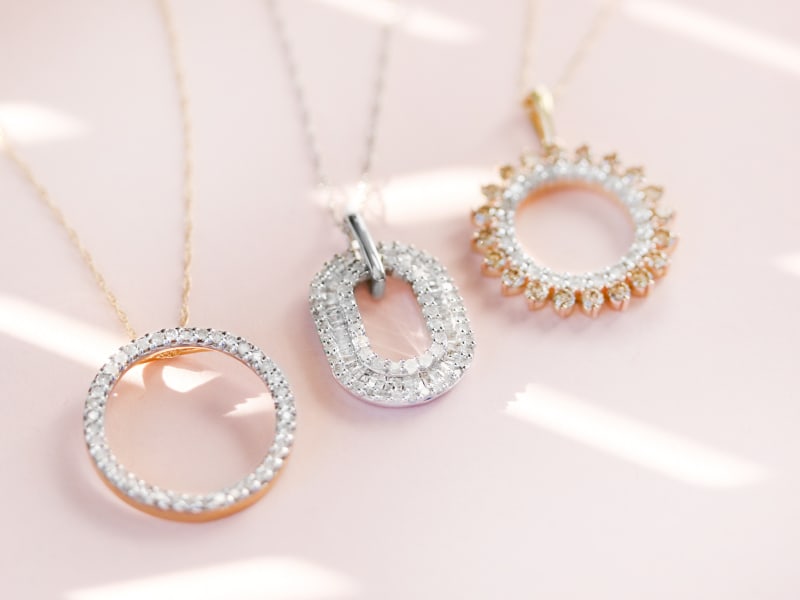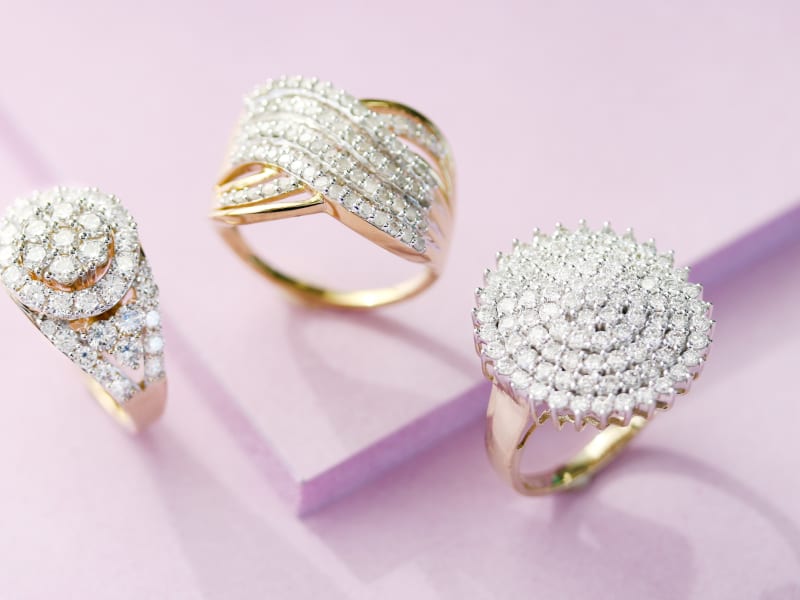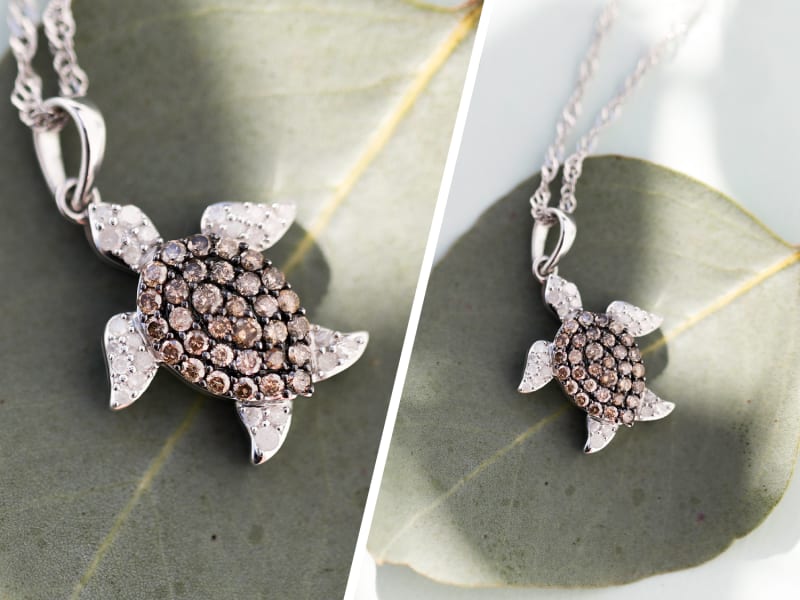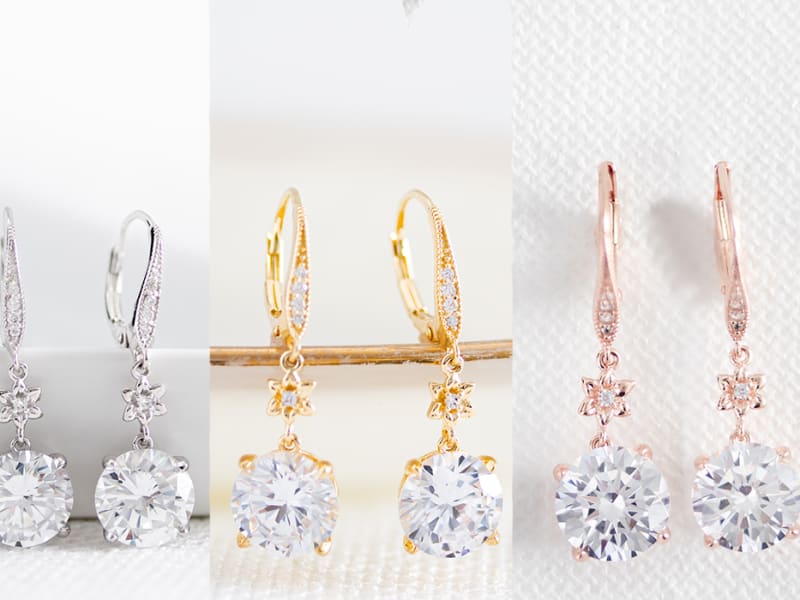What are the four Cs of diamond?
Perhaps you have heard the term “4Cs” , but, unless you are buying a diamond, you may not have delved into what that means and why it matters.
That’s why I’m here, to help.
The short version? The 4Cs set the standard for the quality of a diamond. They give us the information we need to make an informed and smart shopping decision. They describe the stone. When the GIA (Gemological Institute of America) developed these standards, it made it much easier to purchase a diamond without seeing it.
Since so many diamonds are shipped from mines and cutting centers abroad, the clear definitions established by the 4Cs represent a revolutionary moment in diamond history.
Because of the 4Cs, a buyer can make an informed purchase decision without ever seeing the stone.
The first C stands for cut
Cut is where a skilled lapidary (cutter) can influence a diamond’s beauty the most. Because diamonds are crystals, the symmetry of the cut is critical to its beauty. Well-cut diamonds deliver the dazzle – they sparkle and flash with brilliance and fire. The geometry of a diamond – the angles at which the facets are cut, and the proportion and balance of the facets, all contribute to the beauty of the finished stone.
A fine lapidary can orient the cut of a stone to optimize beauty, weight, sparkle and minimize the effect of unwanted inclusions.








